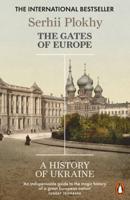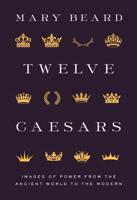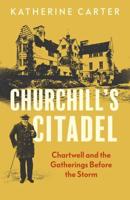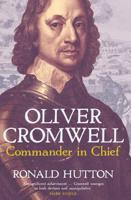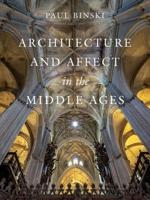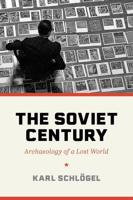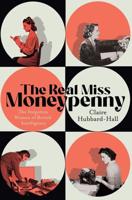Publisher's Synopsis
The Last King of Killorglin: The Rise and Decline of Ireland's Puck Fair
By Seán Ó Riain
For over 400 years, the small town of Killorglin, Ireland, has crowned a wild mountain goat as its king in the annual three-day festival known as the Puck Fair. Steeped in folklore, mystery, and a deep connection to Ireland's rural past, the fair has long been a cherished tradition, bringing together locals and visitors in a celebration of music, trade, and revelry. But as times change, so too does the fate of this once-thriving festival.
In The Last King of Killorglin, Seán Ó Riain explores the history, mythology, and cultural significance of Puck Fair, tracing its origins from ancient Celtic traditions and medieval marketplaces to its golden age in the 19th and 20th centuries. Through personal narratives, historical analysis, and interviews with townspeople, historians, and festival organizers, this book paints a vivid picture of what the fair once was-and why it now teeters on the brink of decline.
With attendance dwindling, modern regulations restricting festival traditions, and growing debates over animal welfare, Puck Fair has become a battleground between heritage and progress. Can it adapt to fit the values of a new generation, or will it fade into history like so many other rural traditions?
Inside This Book, You Will Discover:✔ The Myths & Legends - Did a wild goat really save Killorglin from Cromwell's army?
✔ Pagan Roots & Pre-Christian Rituals - The festival's possible connections to ancient Celtic animal worship.
✔ The Fair at Its Peak - How Puck Fair once thrived as a hub of trade, matchmaking, and Irish culture.
✔ The Modern Struggles - The impact of urban migration, digital entertainment, and ethical debates over using live animals in festivals.
✔ The Future of Puck Fair - Can it be reimagined for a new era while staying true to its roots?
Perfect for history enthusiasts, lovers of Irish folklore, and anyone fascinated by the evolution of cultural traditions, The Last King of Killorglin offers a compelling, well-researched, and engaging look at one of Ireland's oldest and most unique festivals-and what its fate tells us about the changing identity of rural communities.

